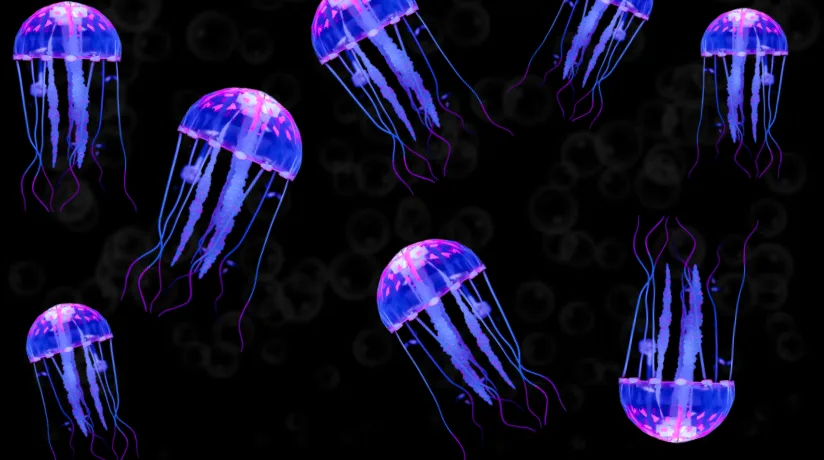
Jellyfish invasion causes shutdown of UK nuclear power plant
Jellyfish attacks on nuclear power plants are surprisingly common.
It's happened in Sweden, Israel, and Japan.
And now, most recently, in Scotland.
Swarms of jellyfish invaded the cooling water intakes at the Torness power station last month, forcing an emergency shutdown at the nuclear power plant.
In a statement, officials said the shutdown was precautionary, and the public was never at risk, nor was there any negative environmental impact.
It isn't the first time jellyfish have disrupted operations at the plant: The Sun reports a similar incident happened in 2011. During that event, Torness, which supplies about a third of Scotland's electricity, had to be shut down for a week out of an abundance of caution.
It's not uncommon for jellyfish to swarm the water intakes at coastal power plants anywhere in the world, and these types of invasions can be unpredictable and costly. According to The Washington Post, these types of events happen about 2-3 times a year.
And while the jellyfish probably aren't intentionally attacking power plants, Lucas Brotz of the University of British Columbia's Institute for the Oceans and Fisheries, told WP the damage they inflict could be significant.
"In some cases, it's caused nuclear power plants to have near meltdowns," Brotz told the publication.

GIF created by Cheryl Santa Maria. Jellyfish image: zhengzaishuru/Getty Images Pro
"Jellyfish swarms are an occasional but challenging issue for our power stations," Pietro Bernardara, from EDF Energy R&D UK centre said in a 2016 statement.
"They can have an impact on the amount of electricity we are able to supply to consumers and can cost the business money."
One study suggests the creatures are attracted to the facilities because the water is warmer near power plant discharge outlets.
Scientists are working on ways to better predict disruptive swarms.
Early warning systems will look at the time of year jellyfish are most active, combined with oceanographic conditions, historical data, and satellite imagery to develop systems that better protect power plants.











